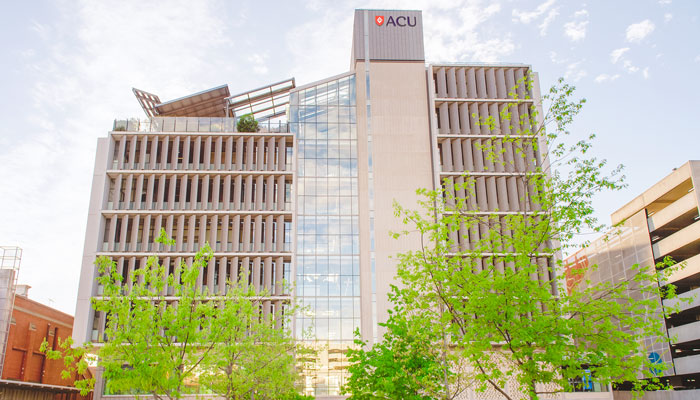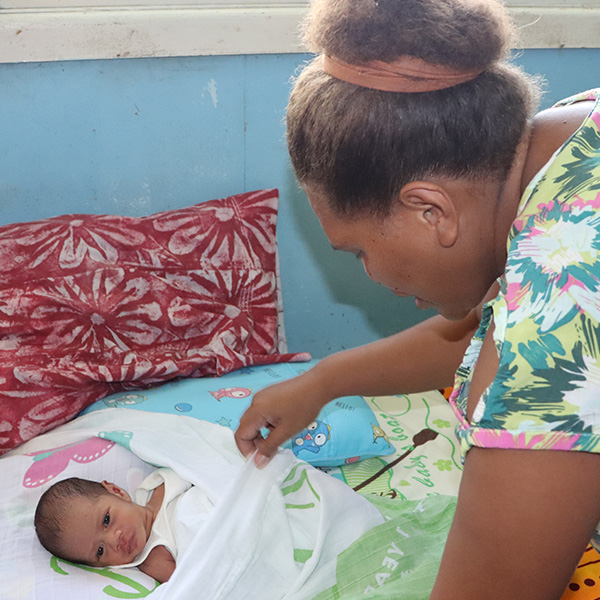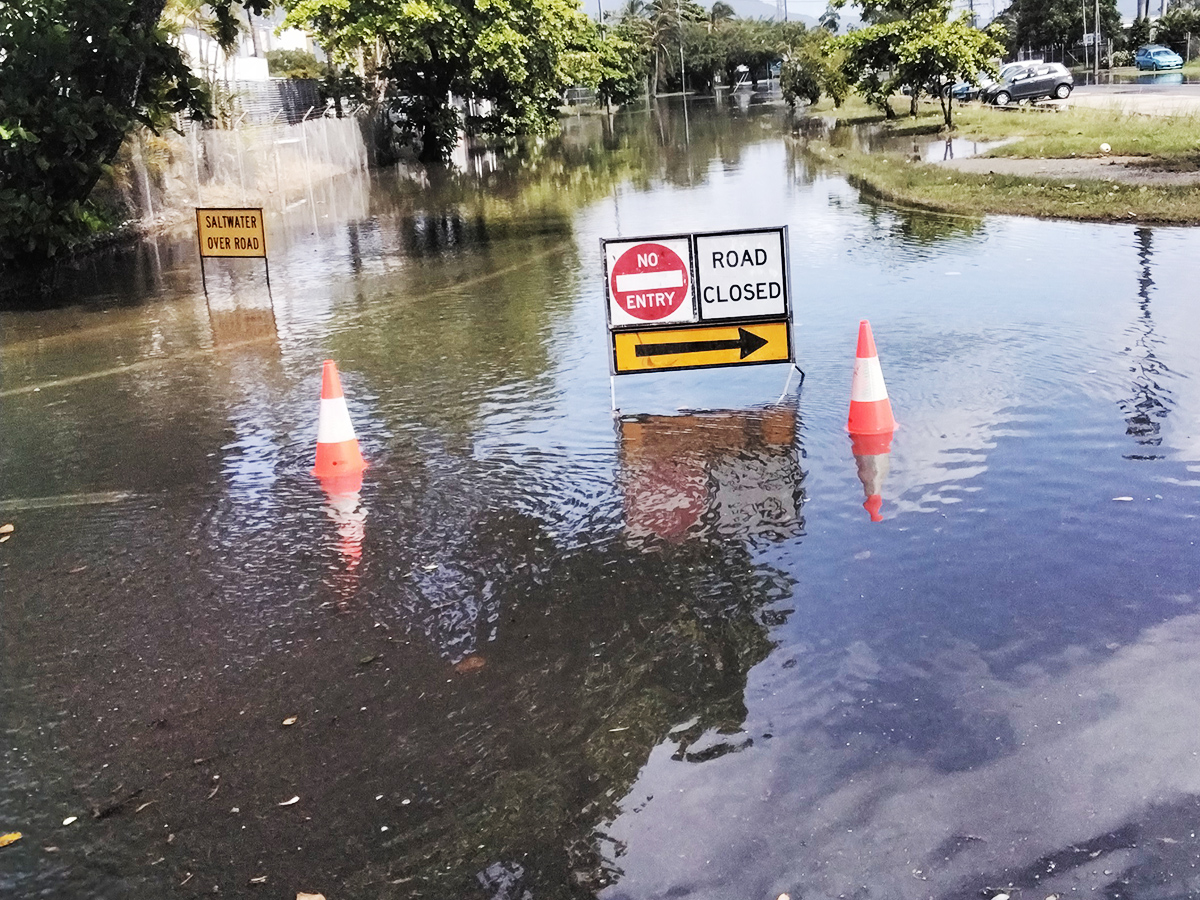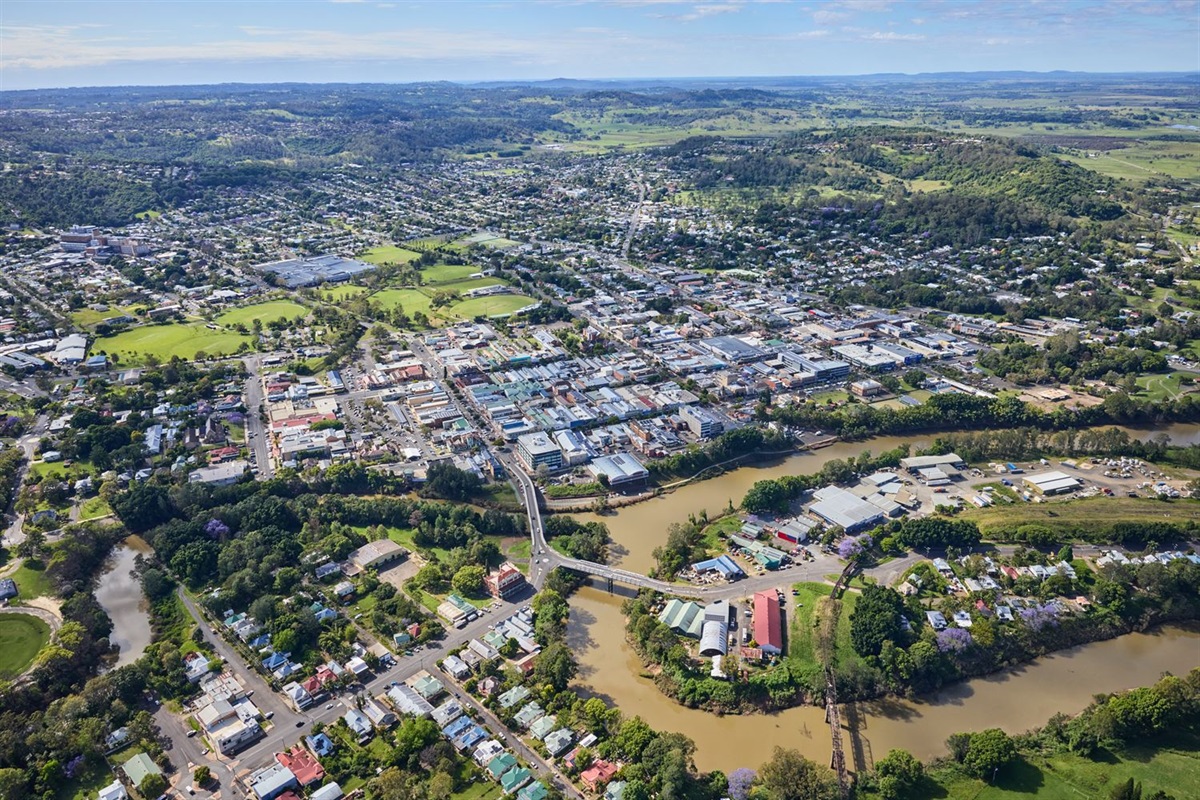Researchers have recorded the most precise measurement yet of the magnetic moment of the muon, entering a new realm in the search for new interactions that govern our Universe.
An international team of researchers, including from The University of Manchester, working on the Muon g-2 experiment at the U.S. Department of Energy, Fermi National Accelerator Laboratory have announced their much-anticipated updated measurement of the magnetic moment of the muon. Their findings are submitted today in the journal, Physical Review Letters.
This new measurement confirms the first results of the experiment announced in April 2021 but with more than a factor of two improvement in precision. The measurement has an uncertainty of 0.2 parts per million and is the most precise ever made using a particle accelerator.
Muons are fundamental particles that are similar to electrons but about 200 times heavier. Like electrons, muons have internal magnets that, in the presence of a magnetic field, cause them to ‘wobble’ like the axis of a spinning top. The speed at which they ‘wobble’ in a given magnetic field depends on a property known as the magnetic moment of the muon, which is typically represented by the letter g. At the simplest level, theory predicts that g should equal 2. The difference of g from 2 – or g minus 2 – can be attributed to the muon’s interactions with particles in the quantum foam that surrounds it. As-yet-undiscovered particles can contribute to the value of g-2 opening a window to new subatomic phenomena.
“We’re determining the muon magnetic moment at a better precision than it has ever been seen before,” said Brendan Casey, a senior scientist at Fermilab who has worked on the Muon g-2 experiment for over a decade.
This precision was made possible in part by the contributions of a collaboration of UK research institutions being led by Mark Lancaster from The University of Manchester. Other institutions involved include the universities of Lancaster, Liverpool, and UCL as well as the Cockcroft Accelerator Institute.
Muon g-2 is an international collaboration between Fermilab and dozens of labs and universities in seven countries, including the UK. UK engineers and physicists have played an important role in the experiment for over a decade. The UK Science and Technology Facilities Council (STFC), part of UK Research and Innovation (UKRI), supported construction of g-2 between 2014 and 2017 and in doing so enabled the UK to make significant contributions, exploiting unique expertise and establishing UK leadership within the programme. Crucially, the UK provided one of the two main detector systems used to measure the motion of the beam of muons studied in the experiment.
“The precision of this measurement is an incredible achievement, made possible by the talent and ingenuity of many physicists and engineers, and particularly the young researchers.” said Professor Mark Lancaster of the University of Manchester, UK lead for the g-2 experiment and an ex-co-spokesperson of the experiment.
The experiment also reused a storage ring originally built for the predecessor Muon g-2 experiment at DOE’s Brookhaven National Laboratory that concluded in 2001. The main goal of the Fermilab experiment is to reduce the uncertainty of g-2 by a factor of four compared to the Brookhaven result.
“Our new measurement is very exciting because it takes us well beyond Brookhaven’s sensitivity,” said Graziano Venanzoni, professor at the University of Liverpool affiliated with the Italian National Institute for Nuclear Physics, Pisa, and co-spokesperson of the Muon g-2 experiment at Fermilab.
With this latest measurement, the collaboration has already reached their goal of decreasing one particular type of uncertainty: uncertainty caused by experimental imperfections, known as systematic uncertainties.
While the total systematic uncertainty has already surpassed the design goal, the larger aspect of uncertainty known as statistical uncertainty is driven by the amount of data analysed. The experiment will reach its ultimate statistical uncertainty once scientists incorporate all six years of data in their analysis, which the collaboration aims to complete in the next couple of years.








